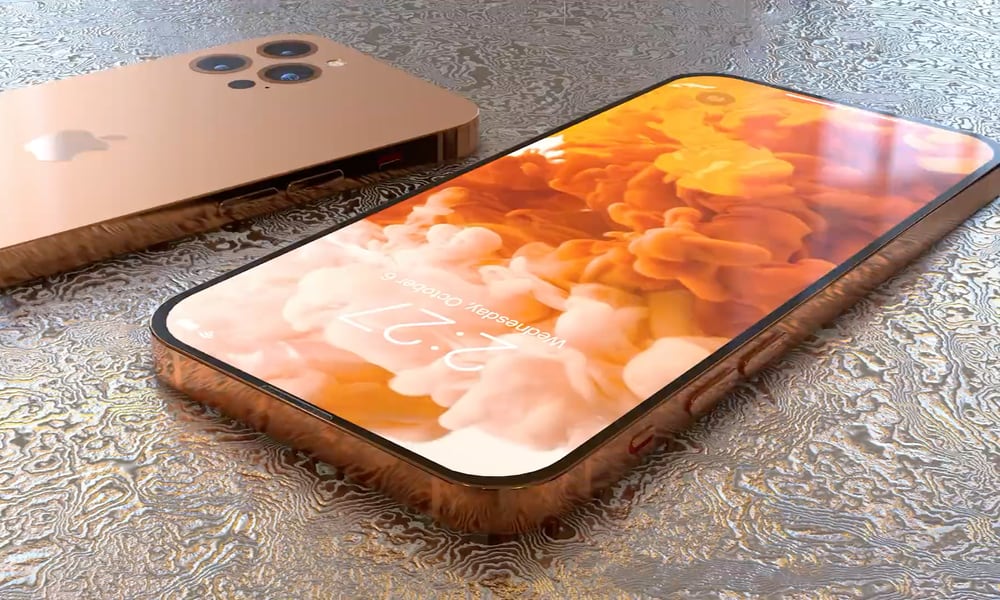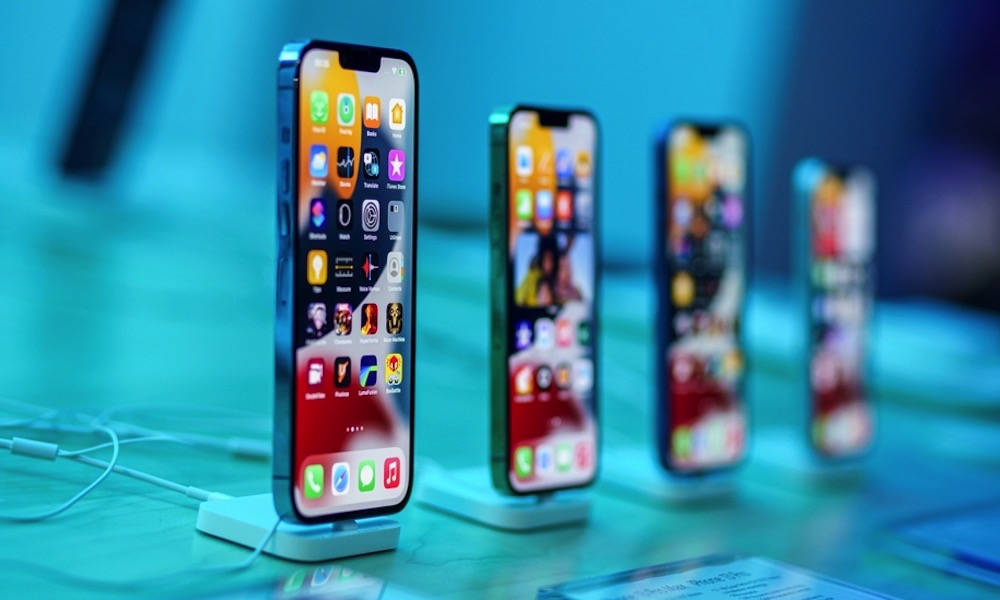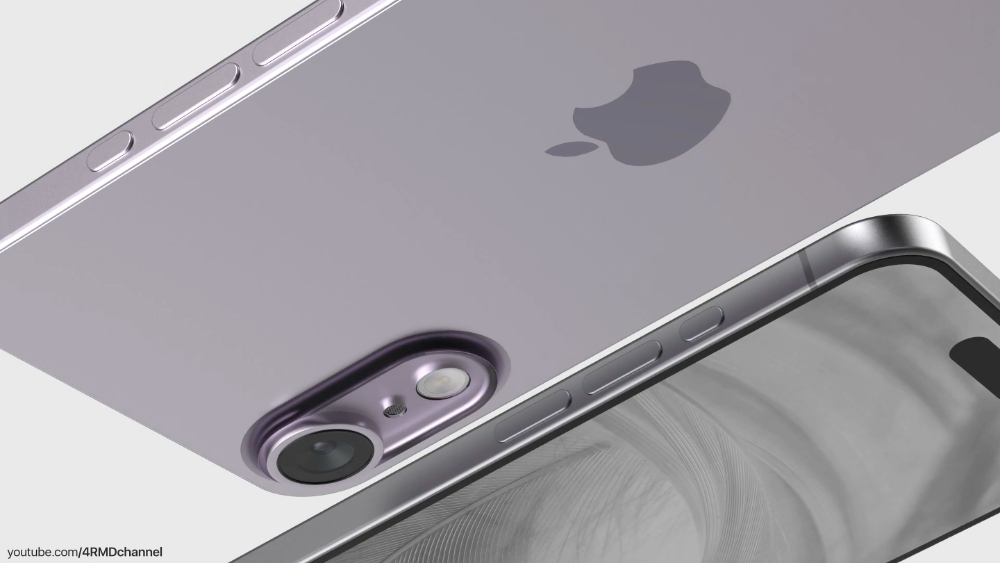Is Apple’s 120 Hz ProMotion Display Finally Coming to All iPhone 17 Models?
 Credit: ConceptsiPhone
Credit: ConceptsiPhone
Toggle Dark Mode
Stop us if you’ve heard this song before, but new rumors suggest Apple may finally bring higher refresh rates to its standard iPhone models.
It’s far from the first time reports like these have popped up. It’s been a near-annual event since Apple introduced its 120 Hz “ProMotion” display technology to the iPhone 13 Pro lineup in 2021. In fact, we saw the first rumors that the entire iPhone 14 lineup would get 120 Hz displays two months before the iPhone 13 Pro debuted.
In some ways, those rumors have never been that surprising. If anything, it’s far more unusual that Apple is seemingly behind the curve on adopting faster screen refresh rates for its products. Most Android handset makers had raised the bar above 60 Hz years earlier, a move that began in 2017 with the Razer Phone 2 and Asus ROG Phone 2 and went mainstream with Google’s Pixel 4 in 2019.
To make matters even worse, Apple led the way in 120 Hz display technology with the 2017 iPad Pro, but inscrutably took another four years to bring it to the iPhone. To be fair, there’s evidence that Apple planned ProMotion displays for the iPhone 12 Pro but cancelled those due to pandemic-related production problems.

Either way, once the iPhone 13 Pro made the move, it seemed reasonable to many folks that the technology should soon trickle down to the standard iPhone models. Except that didn’t happen. Even as the most affordable Android phones gained 90 Hz and 120 Hz screens, Apple’s iPhone 14, iPhone 15, and even this year’s iPhone 16 remained behind at 60 Hz. Of course, that’s not a problem for most folks — most videos only play at a maximum rate of 60 frames per second (fps) — but it’s starting to become a bad look for Apple.
That’s partly why this year’s rumors may be worth taking with a bit less salt than usual. Sure, it’s starting to feel so repetitive that it’s hard to take them seriously, but not only is it about time that Apple made the move, but 2025 could be an optimal year to do so.
By all reports, there’s a big redesign in store for next year’s iPhone 17 lineup, with the larger “Plus” model being phased out to make way for a new “iPhone 17 Slim” (or “iPhone 17 Air” if you believe Apple will stay on-brand). This is expected to be an iPhone that makes some compromises to become the thinnest ever made, but Apple is also expected to sell it for a premium price tag. Some reports suggest it could be more expensive than the iPhone 17 Pro Max, although more reasonable suggestions are that it will take up the “Plus” price point, sitting between the iPhone 17 and the iPhone 17 Pro.

Achieving record-breaking slimness will require Apple to cut a few corners — it’s rumored to have only one camera, for instance — which means it could be looking for other ways to sweeten the pot. A 120 Hz display would certainly be a nice upgrade, and several analysts have pointed to this being a distinct possibility. Apple has also already proven it can be done with the M4 iPad Pro.
However, if Apple is going to go there for the slim model, it would seem even more absurd to leave the standard iPhone 17 behind. The good news is that at least one reliable source says it doesn’t plan to. In September, display analyst Ross Young reported that Apple plans to expand its ProMotion displays to the entire lineup, marking the first time every mainstream 2025 iPhone would feature the same refresh rate (the 2025 iPhone SE is likely to remain an outlier there, but that’s not surprising).
This week, that’s been corroborated by Digital Chat Station — a Weibo source with a pretty good track record, at least when it comes to camera specs. Still, we’d be skeptical of that one by itself, especially since the same leaker is also predicting a radically different camera layout that seems dubious at best.

Nevertheless, Young’s report adds some credibility as he’s a display analyst who often has pretty solid info on what Apple’s supply chain is up to, so it’s more than just the usual spate of random anonymous leakers mixing it up this year.
It’s also worth mentioning that a 120 Hz ProMotion display doesn’t mean all four iPhone 17 models would share the same display features. For example, Apple may choose to keep the always-on display exclusive to the Pro models. On the other hand, this year’s iPhone 16 models demonstrated that Apple wants to bring the two sides of the iPhone lineup closer. Consistent displays would be the next big step in that direction.
[The information provided in this article has NOT been confirmed by Apple and may be speculation. Provided details may not be factual. Take all rumors, tech or otherwise, with a grain of salt.]







